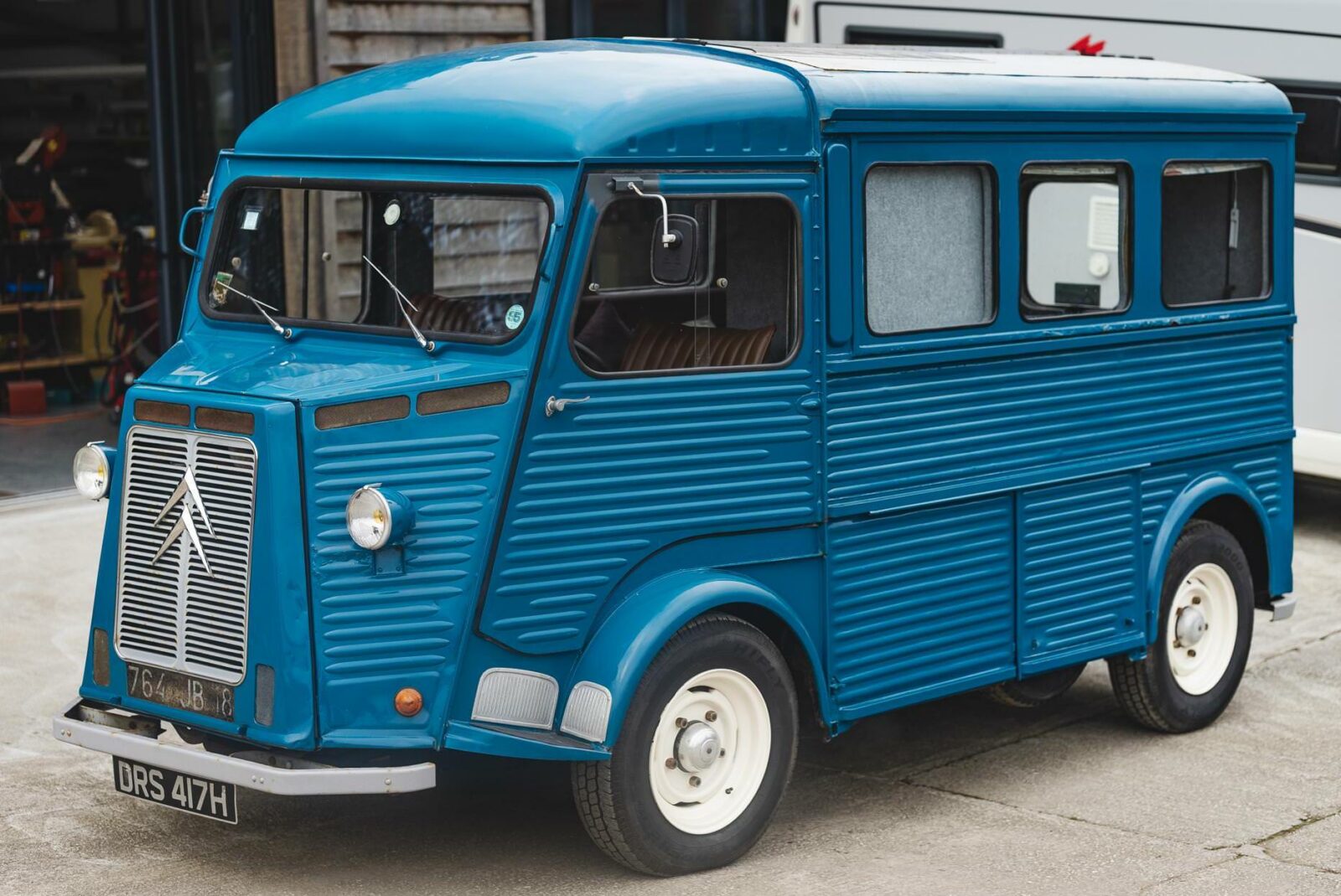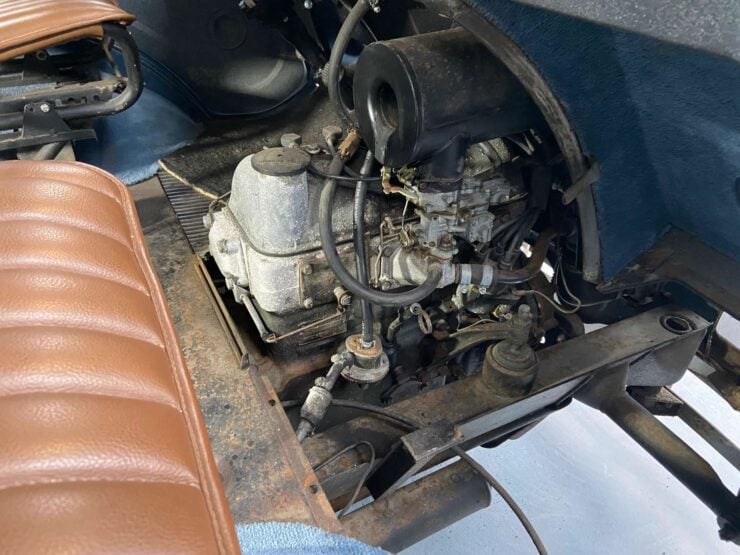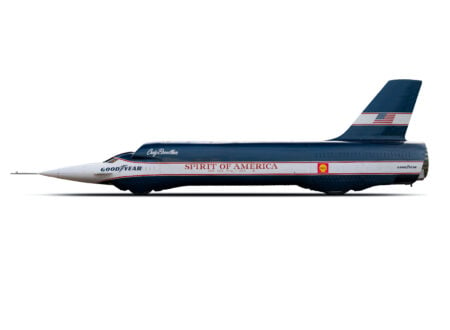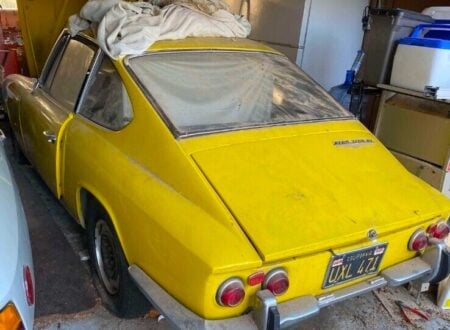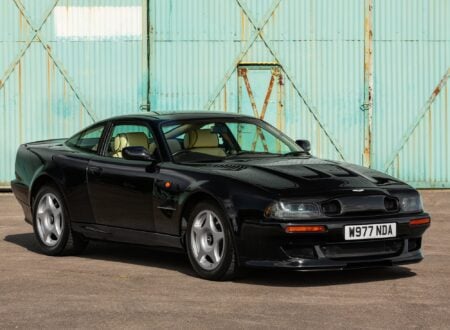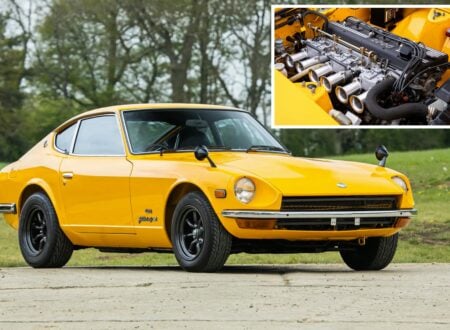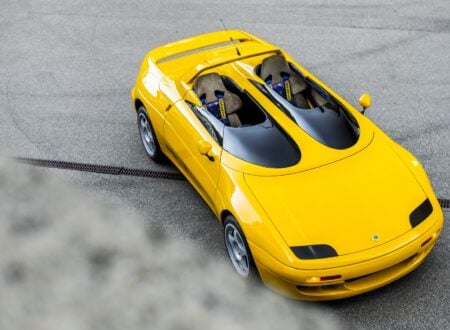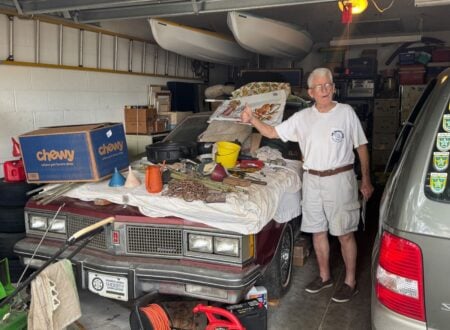This is a 1969 Citroën HY van that has been discreetly upgraded and turned into a campervan able to accommodate two people for holidays on the road. The Citroën HY is one of the most iconic van designs of the 20th century, they remain much loved in their native France and across Europe.
This HY camper van has a minimalist set up, with a couch that turns into a double bed, a small kitchenette with two sinks and running water, a mains hookup, storage space for a chemical toilet, and a rooftop solar panel to help charge the house batteries.
Fast Facts – The Citroën HY Van
- The Citroën Type H vans was produced from 1947 until 1981 with very little in the way of updates, a remarkable 34 year production run.
- Citroën made almost half a million of them in total, with the final number produced sitting at 473,289.
- The van features an unusual corrugated steel body, a design chosen as the panels have more rigidity with little weight penalty, a critical feature as the van uses unibody construction.
- The Citroën H van was developed into almost every type of vehicle imaginable, from simple delivery vans and trucks to ambulances, camper vans, horse transporters, mobile cafes and food vans, and even school busses.
The Post-WWI Automotive Boom
In the years immediately after WWII there was a period of rapid innovation and development in the automotive world that gave us everything from the Vespa and the Microcar phenomenon to the Unimog, Land Rover, Mini, Fiat 500, Volkswagen Kombi van (Type 2), Citroën 2CV, Renault 4CV, the Citroën Type H vans, and countless others.
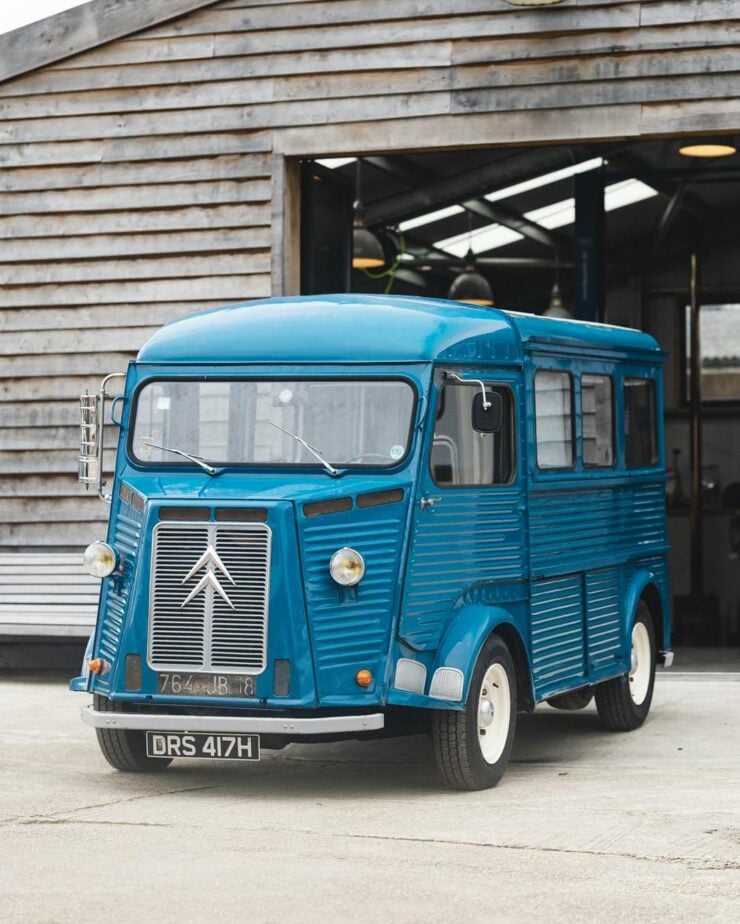

The reason for this vehicular renaissance was two-fold, there was huge pent up demand for vehicles from the war years when almost all industry had been turned over to the war effort, and there was a need to provide cheap transportation, agricultural vehicles, and commercial vehicles to get the economies of Europe back online.
In France vehicles like the Citroën 2CV and the Renault 4CV offered affordable motoring for families and people commuting to work but an affordable cargo van was needed, and Citroën engineers were hard at work on it.
The Citroën HY Van
The development of the the Citroën Type H vans had to meet three critical criteria, the van needed to be cheap to make, it needed to use as many pre-existing mechanical parts as possible to keep costs down and simplify manufacturing, and it needed to be cheap to buy and maintain.
As a result, Citroën engineers developed a front wheel drive van that used a modified version of the engine and transmission that had been used on the revolutionary Citroën Traction Avant from 1934.
The unique design of the Citroën H series was penned by Pierre Franchiset who chose to use a series of corrugated steel panels that gave the van its distinctive look. These corrugated panels were used as they were far more rigid than flat steel panels, and the Type H vans were of unitary construction, meaning there was no separate chassis and so the body needed to be strong and stiff.
Reports of the toughness of the Citroën HY became almost mythical over the years, it was apparently possible to carry a horse in the back with no ill-effects to the vehicle, though with 6 feet of headroom one can only imagine it was a claustrophobic experience for the animal.
Six feet may have been close quarters for a horse but for people it was almost excessive, rear wheel drive vans, particularly those with an engine in the back, tended to have notably less headroom than the front wheel drive Citroën Type H – another feature that helped endear the French van to its owners.
When it was first released the H Van was powered by the Traction 1,911cc inline-four cylinder engine producing approximately 50 bhp at 3,800 rpm. The suspension, and 3-speed gearbox were also sourced from versions of the Traction, specifically the 11 and 15.
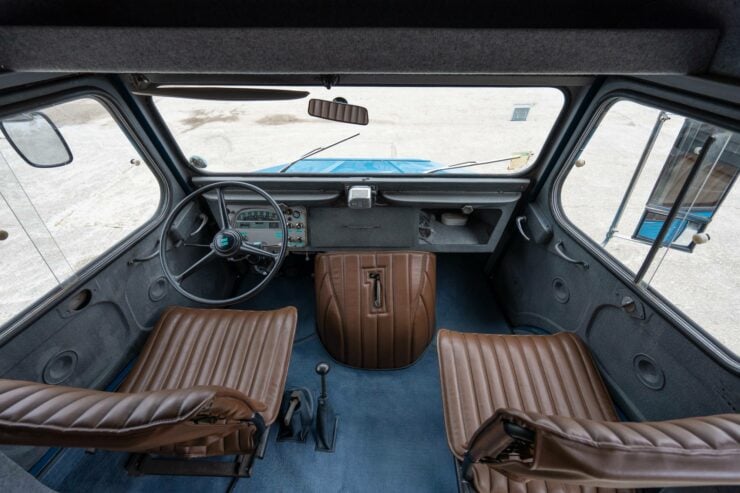

Braking was accomplished with hydraulic drums on all four wheels and suspension consisted of torsion bars and shock absorbers. Steering was rack and pinion, and the cruising speed was 55 to 60+ mph depending on model.
Over the course of its production run the exterior design of the H Van would differ little, however different petrol and some diesel engine options were offered. When ordering you could choose a van or pick-up truck, or alternatively could could get a powered rolling platform and have a unique body built by the coachbuilder of your choice.
When it was originally released it was simply named the H Van however the model series would include the H, HY, HZ, HX, and HW sub-designations over the course of the production run.
Today the unique styling and remarkable engineering of the H Van and its siblings have seen the surviving examples become highly collectible. Rust has been the primary killer of these vans, as with essentially all vehicles from this era, but it is still possible to find excellent examples.
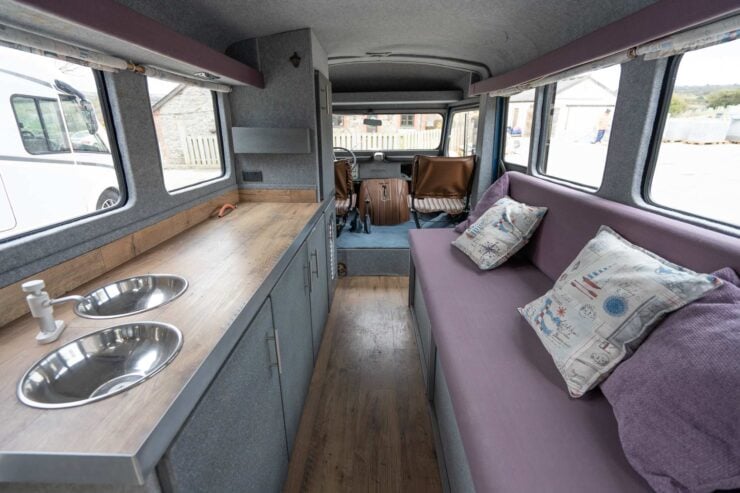

The 1969 Citroën HY Camper Van Shown Here
The 1969 Citroën HY camper van you see here is in good driving condition by the looks of the images, with quite a lot of work done in 2015 and 2018, and it’s worth noting that there is some corrosion showing on the bumpers and around some of the windows which will need addressing sooner rather than later.
It’s finished in blue with white steel wheels and the interior is grey with natural wooden flooring, wooden counter space, patterned roll down blinds, and a lavender pull-out couch that converts into a double bed.
Up front there are two seats with the engine cover in the middle, all finished in period correct tan covers. For entry into the rear there’s a sliding side door, and there’s an opening hatch at the rear for entry/exit and airflow.
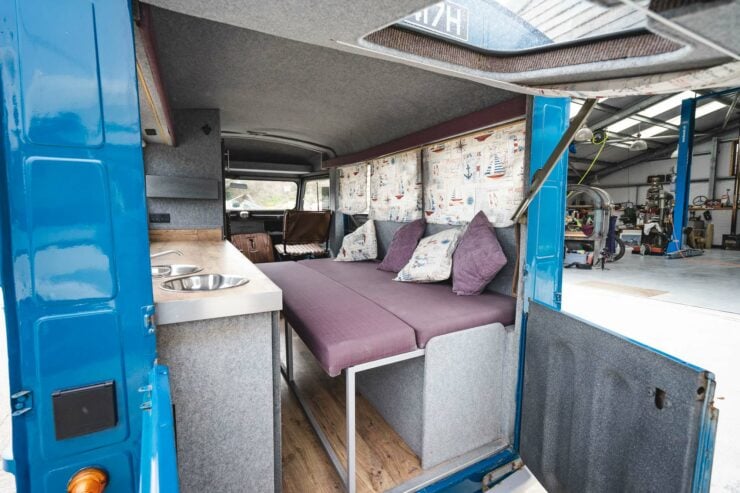

EZ electric power steering has been fitted to make the van easier to drive, steering can be a little heavy otherwise with the weight of the engine, transmission, and driver all over the front wheels.
The living accommodations in the rear are minimalist to say the least, the aforementioned sofa converts into a double bed by pulling out quickly and easily, there’s a double sink with a tap and running water, and plenty of counter and cupboard space.
There’s also a full length closet for storage, and there’s space under the couch for a chemical toilet if the new owner wants to get one, the alternative is simply to use the toilet and shower facilities at camp grounds as you go.
This Citroën HY camper is now being offered for auction by Car & Classic out of Cornwall in the United Kingdom, if you’d like to read more about it or register to bid you can visit the listing here.
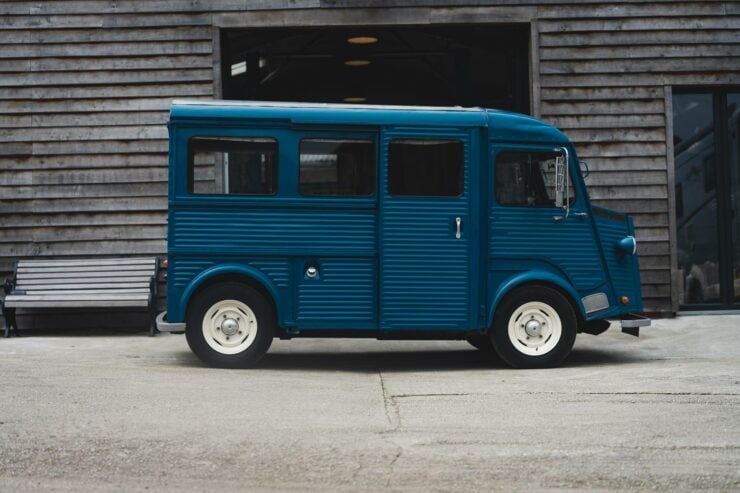
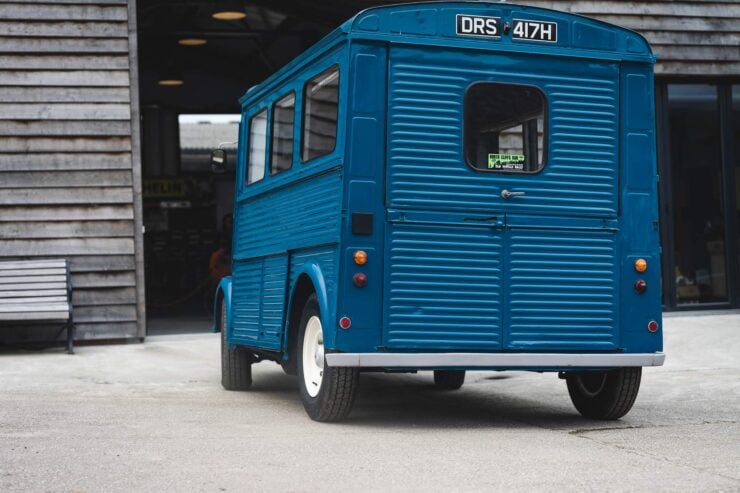
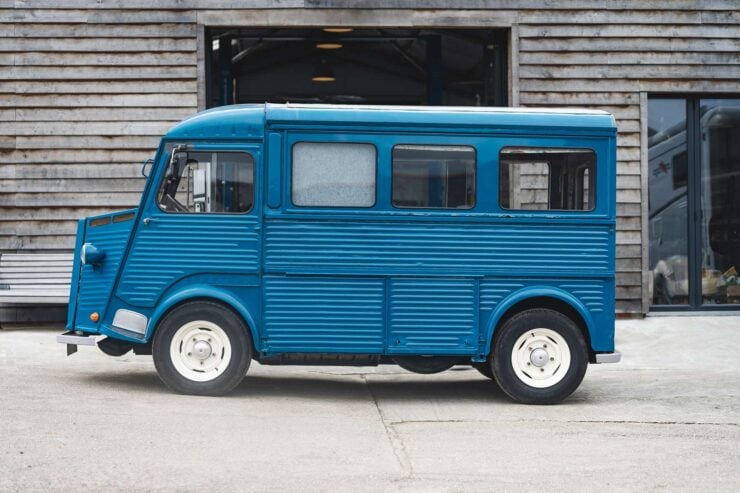
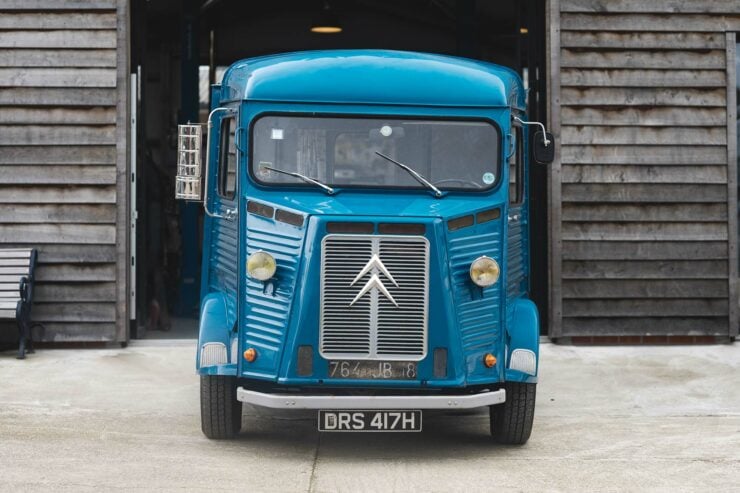
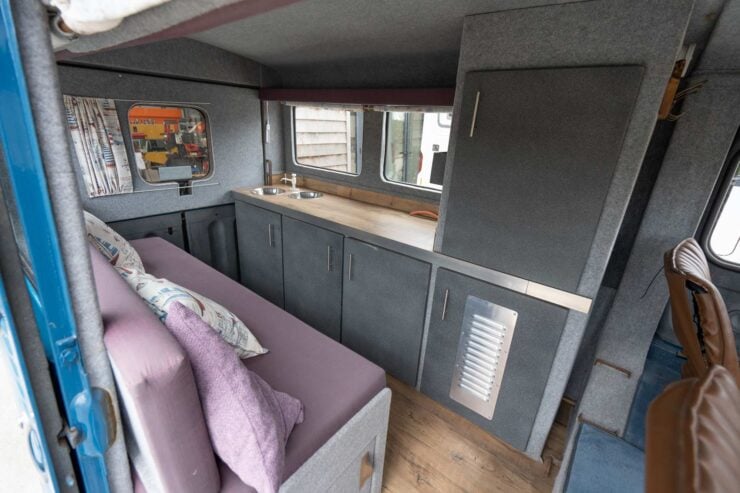
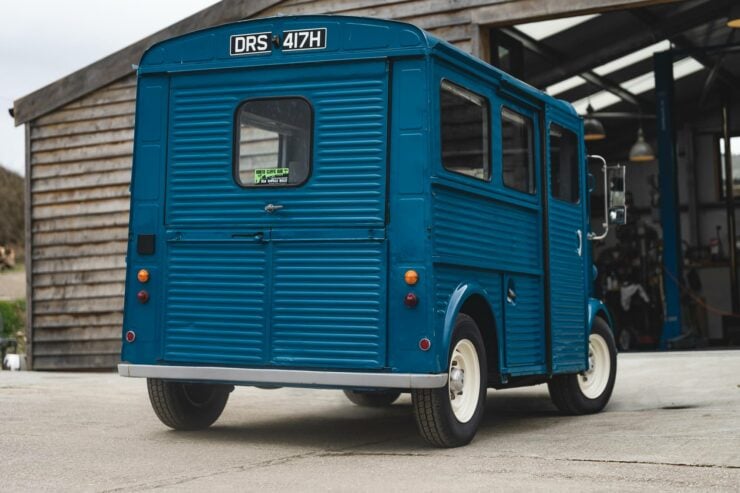
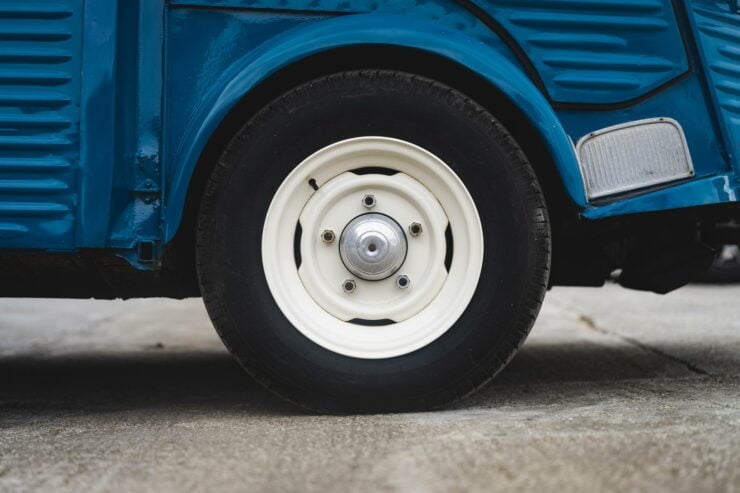
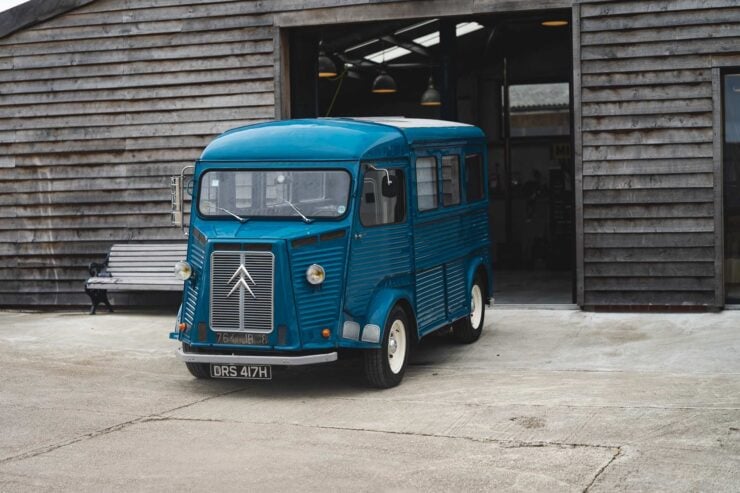
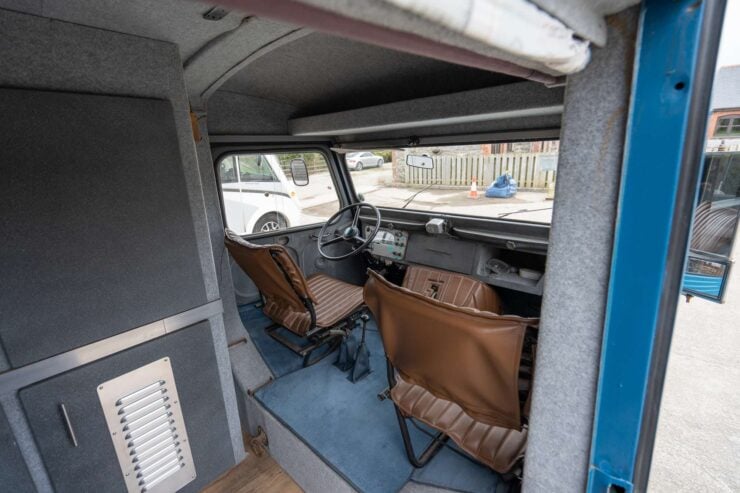
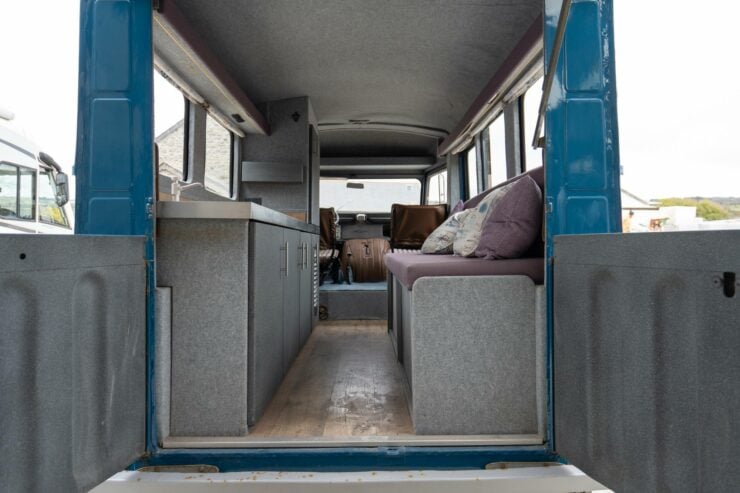
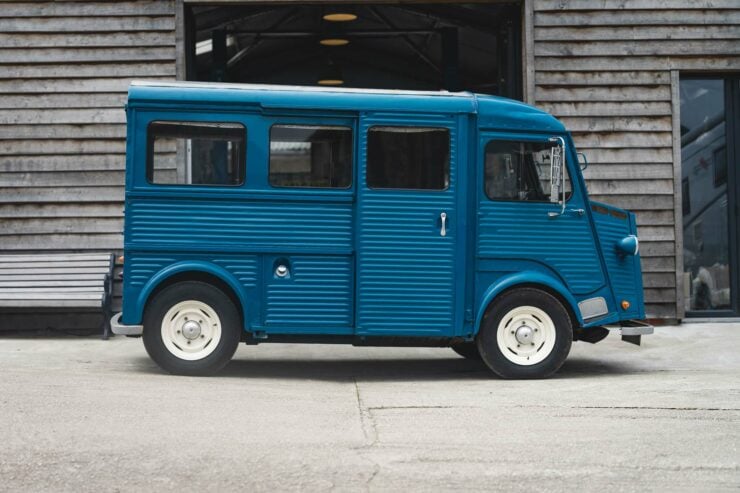
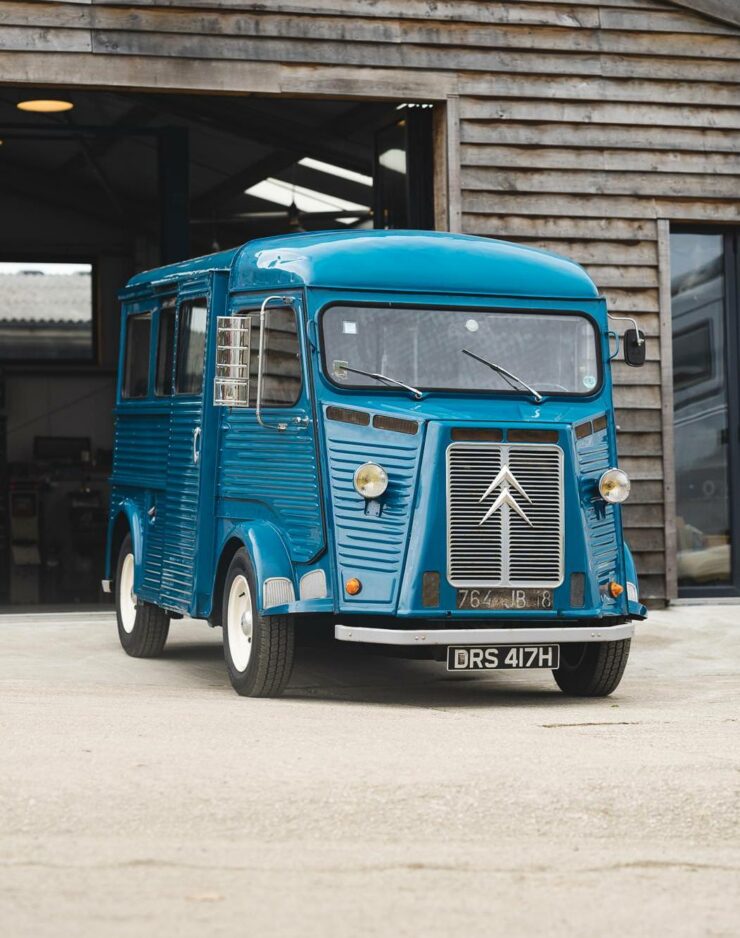
Images courtesy of Car & Classic

